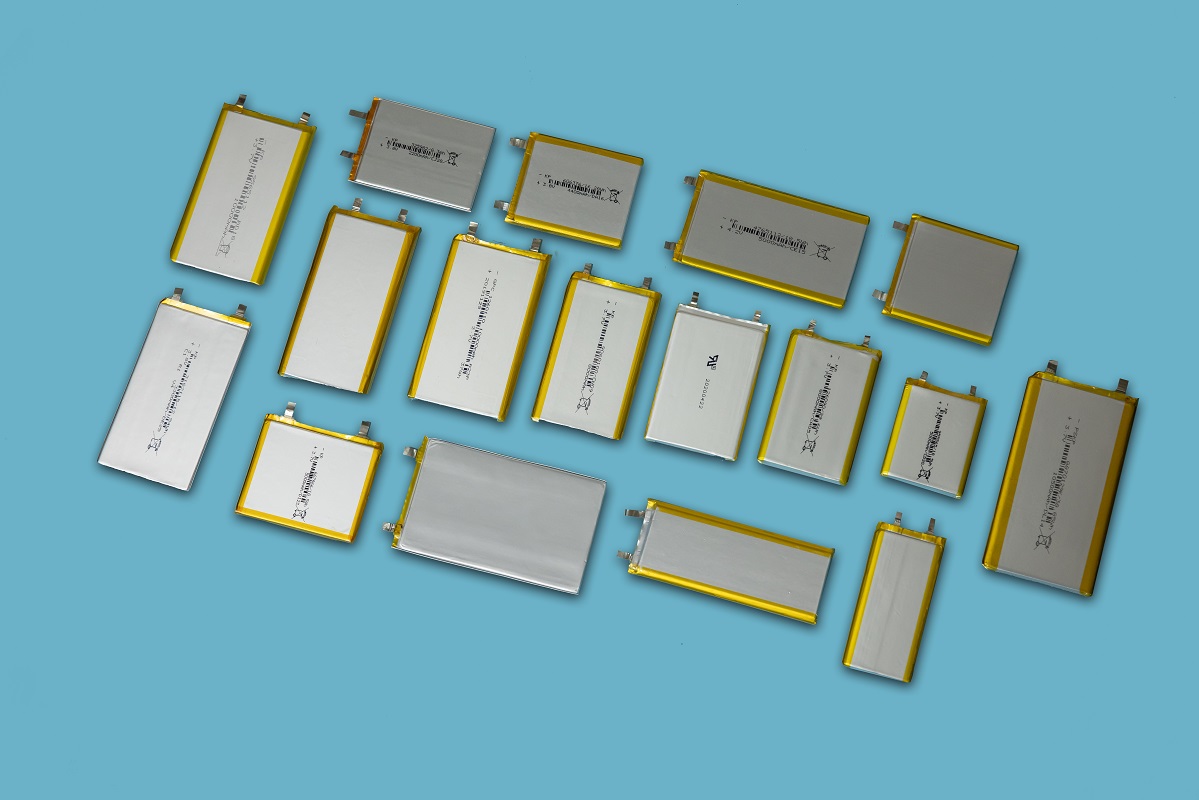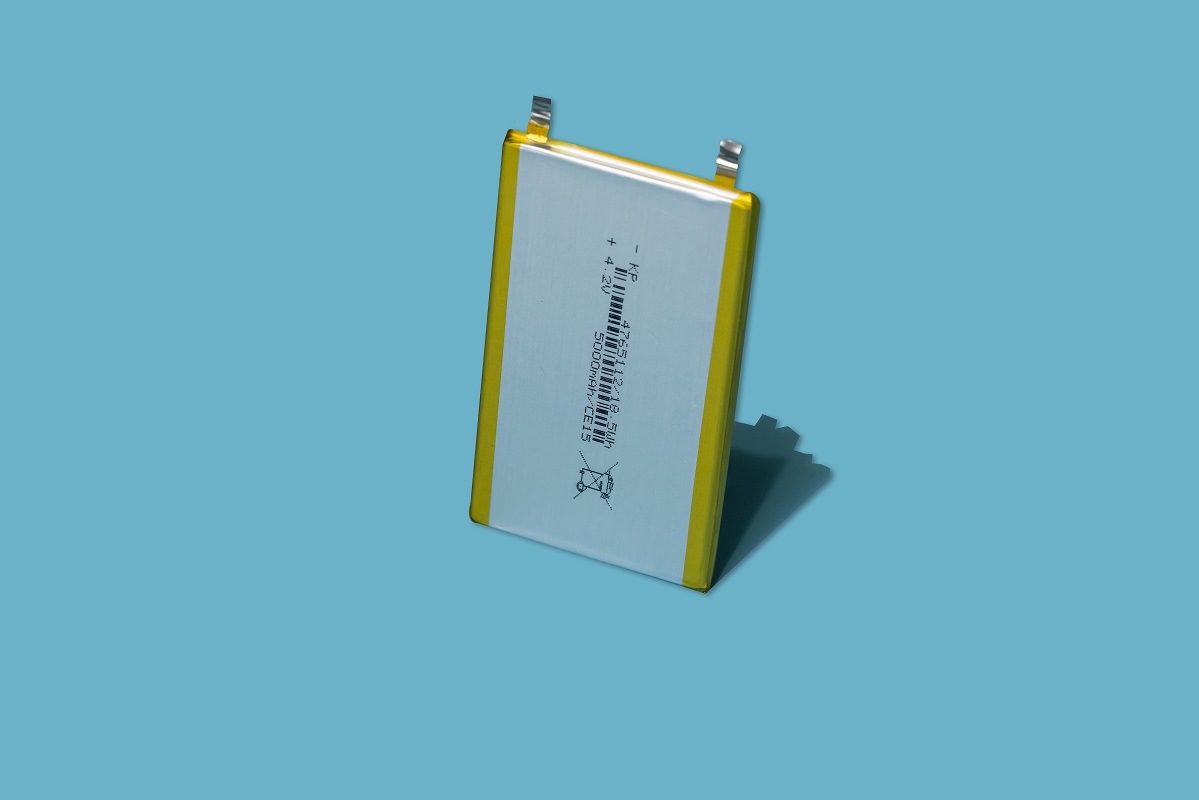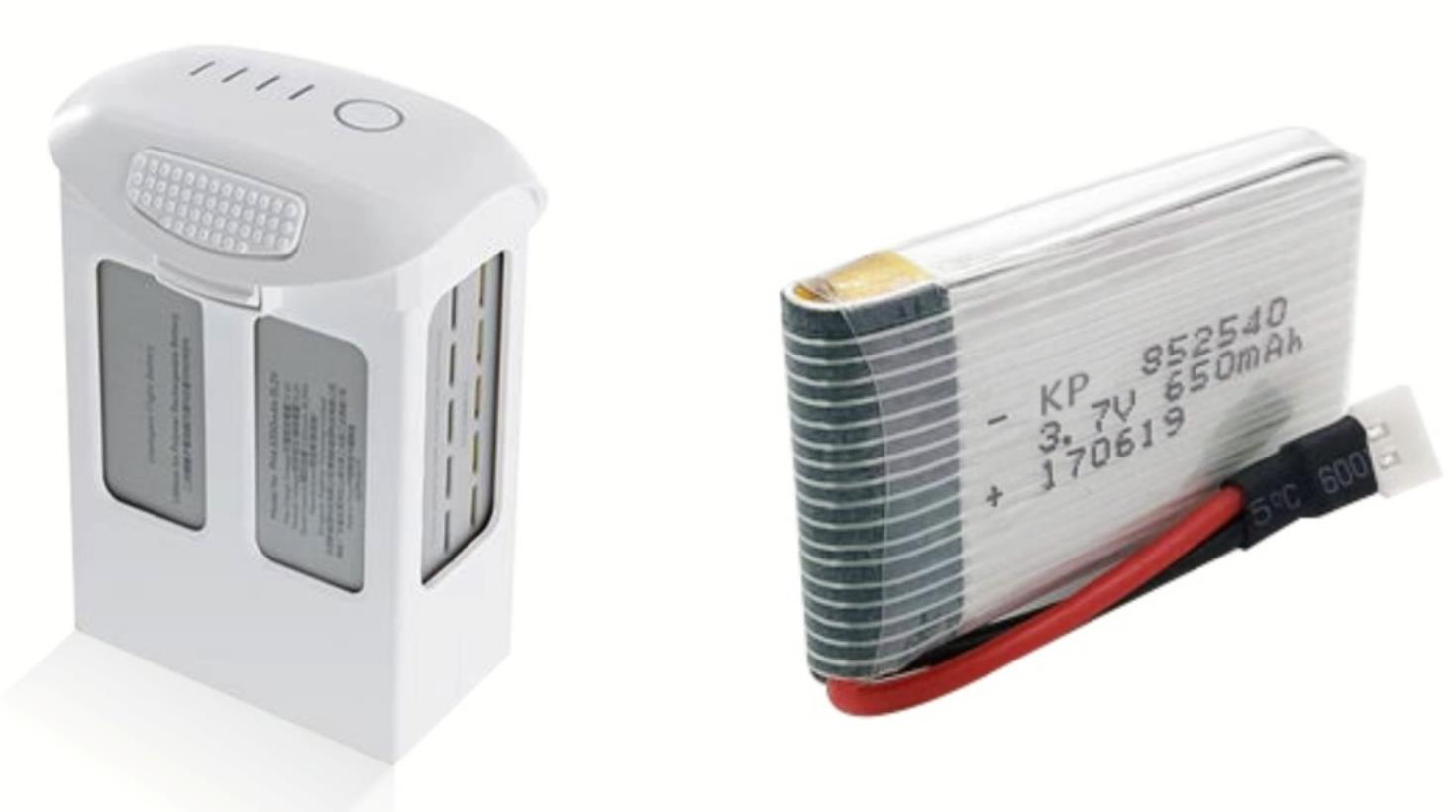Lithium-ion battery industry overview
2021-08-20 09:25:27
Lithium ion battery is a kind of secondary battery (rechargeable battery), which mainly relies on the movement of lithium ions between the positive electrode and the negative electrode to work. During charging and discharging, Li intercalates and deintercalates back and forth between the two electrodes: during charging, Li deintercalates from the positive electrode and inserts into the negative electrode through the electrolyte, and the negative electrode is in a lithium-rich state; the opposite is true during discharge. Batteries generally use materials containing lithium as electrodes, which are representative of modern high-performance batteries.

According to the different electrolyte materials used in lithium-ion batteries, lithium-ion batteries are divided into liquid lithium-ion batteries and polymer lithium-ion batteries or plastic lithium-ion batteries. The positive and negative materials used in polymer lithium-ion batteries are the same as liquid lithium ions. The positive electrode materials are divided into lithium cobalt oxide, lithium manganate, ternary materials and lithium iron phosphate materials. The negative electrode is graphite, and the working principle of the battery is also basic. Unanimous. The main difference between them lies in the difference in electrolytes. Liquid lithium-ion batteries use liquid electrolytes, while polymer lithium-ion batteries are replaced by solid polymer electrolytes. This polymer can be "dry" or "colloidal." Yes, most of them currently use polymer gel electrolytes.

Polymer lithium ion battery is developed on the basis of liquid lithium ion battery. It uses conductive material as positive electrode and carbon material as negative electrode. A generation of rechargeable lithium-ion batteries. Because of its more stable performance, it is also regarded as a replacement product for liquid lithium-ion batteries.

In the global battery industry, the rapid growth and vigorous development of the lithium-ion battery industry is obvious. In recent years, the overall production and market scale of global lithium-ion batteries have grown rapidly, and the technology has become more mature. This is mainly due to the rise of emerging markets such as smartphones, tablets, and electric vehicles, which has promoted the technological progress and market prosperity of the lithium-ion battery industry.
-
skype
Zale Zhou
